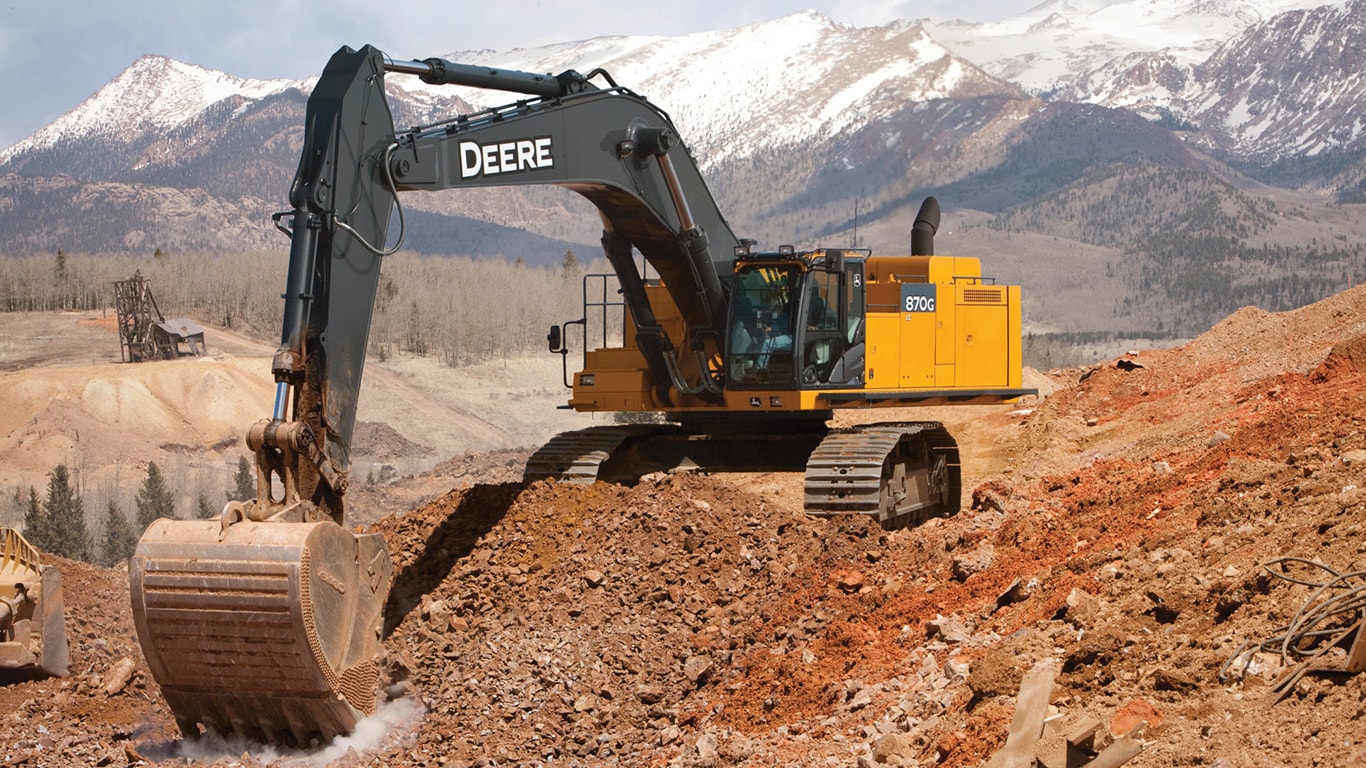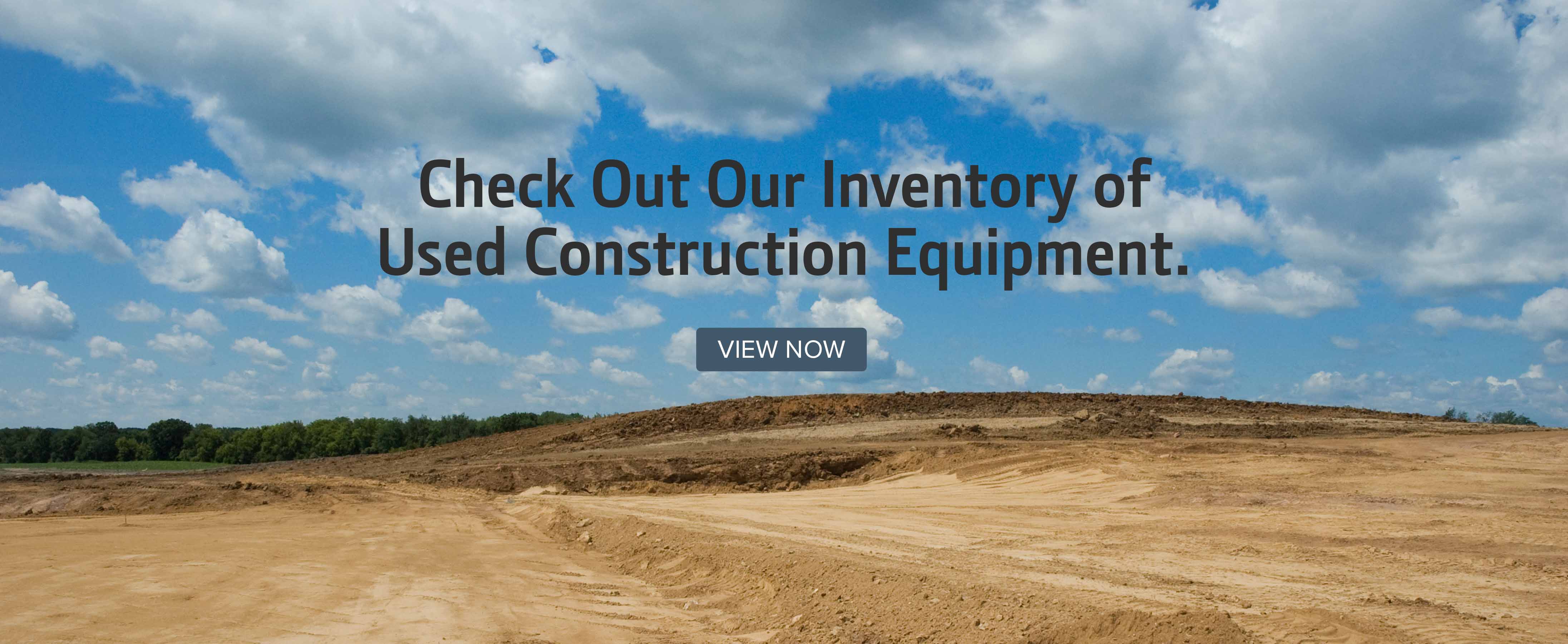What is an Excavator?
Excavators are pieces of heavy construction and forestry equipment. They typically contain four major pieces - a boom, dipper (or stick), bucket, and cab, all of which are located on a rotating platform known as the house. These pieces of equipment are used for many different purposes, however, they are primarily used in the forestry industry.
How are Excavators Used?
Excavators can be used in a number of ways including digging trenches, holes, and foundations, as well as handling materials. Some other ways they can be used include:
- Forestry mulching
- Brush cutting with saws and mower attachments
- General landscaping
- Forestry work
- Construction
- Demolition with hydraulic claws, cutters, and breaker attachments
- Mining, especially, but not only open-pit mining
- Driving piles, in conjunction with a pile driver
- Dredging rivers
- Drilling shafts and rock blasting
- Snow removal with snowplow and snow blower attachments
What Are the Benefits of Using an Excavator?
There are several uses of an excavator that industries of all types can benefit from. Here are some of top benefits of using an excavator:
Power
Excavators are powerful machines that have the capability to move large amounts of materials quickly and efficiently.
Versatility
As mentioned, excavators can be used for a variety of tasks that range from digging to carrying materials to breaking up concrete.
Accuracy
Excavators operate with a high level of precision and accuracy, since they can be used to load and unload delicate materials.
Efficiency
Excavators are quick and efficient machines, which can help save time and money on large construction projects.
What Are the Different Types of Excavators?
There are various types of excavation equipment available - which one you choose will depend on the type of task you are trying to perform. Here are the most common types of excavators:
Crawler Excavators
Crawler excavators are the most common type of excavator, used for heavy-duty tasks like excavating foundations, digging trenches, and moving materials. These types of excavators have long tracks that help them move over uneven terrain.
Wheeled Excavators
Wheeled excavators are similar to crawler excavators, but have wheels instead of tracks, which makes them easier to maneuver on paved surfaces. Wheeled excavators are typically used for lighter-duty tasks like roadwork, landscaping, and demolition.
Long-Front Excavators
Long-front excavators have a boom that can extend over 100 feet, allowing them to reach areas that most other excavators can't. Long-front excavators are typically used for tasks like power line installation, demolition, and bridge construction.
Backhoe Excavators
Backhoe excavators have a boom, stick, and bucket in the back, and a large loader on the front. These excavators are typically used for landscaping and excavation.
Skid Steer Excavators
Skid steer excavators are similar to backhoe excavators, but are smaller and easier to maneuver. Skid steers are typically used for landscaping, snow removal, and other small excavation tasks.
What Are the Parts of an Excavator?
An excavator is made up of four parts including the boom, stick, bucket, and cab.
What is the Difference Between an Excavator and a Backhoe?
Excavators and backhoes are both machines that can be used to dig and move materials. However, excavators are larger and heavier than backhoes, making them more suitable for large-scale industrial projects. Backhoes are smaller and lighter, making them a better choice for smaller worksites and farms.
How Deep Can an Excavator Dig?
The digging depth of an excavator depends on a number of factors including the power and size of the excavator, the type of material it's digging through, and the angle at which it is digging. That said, excavators can dig from 5 to 100 feet.
For more information regarding the John Deere forestry equipment or related products, contact your local John Deere dealer.
Additional Resources:

